Fugitive Shame, 2019
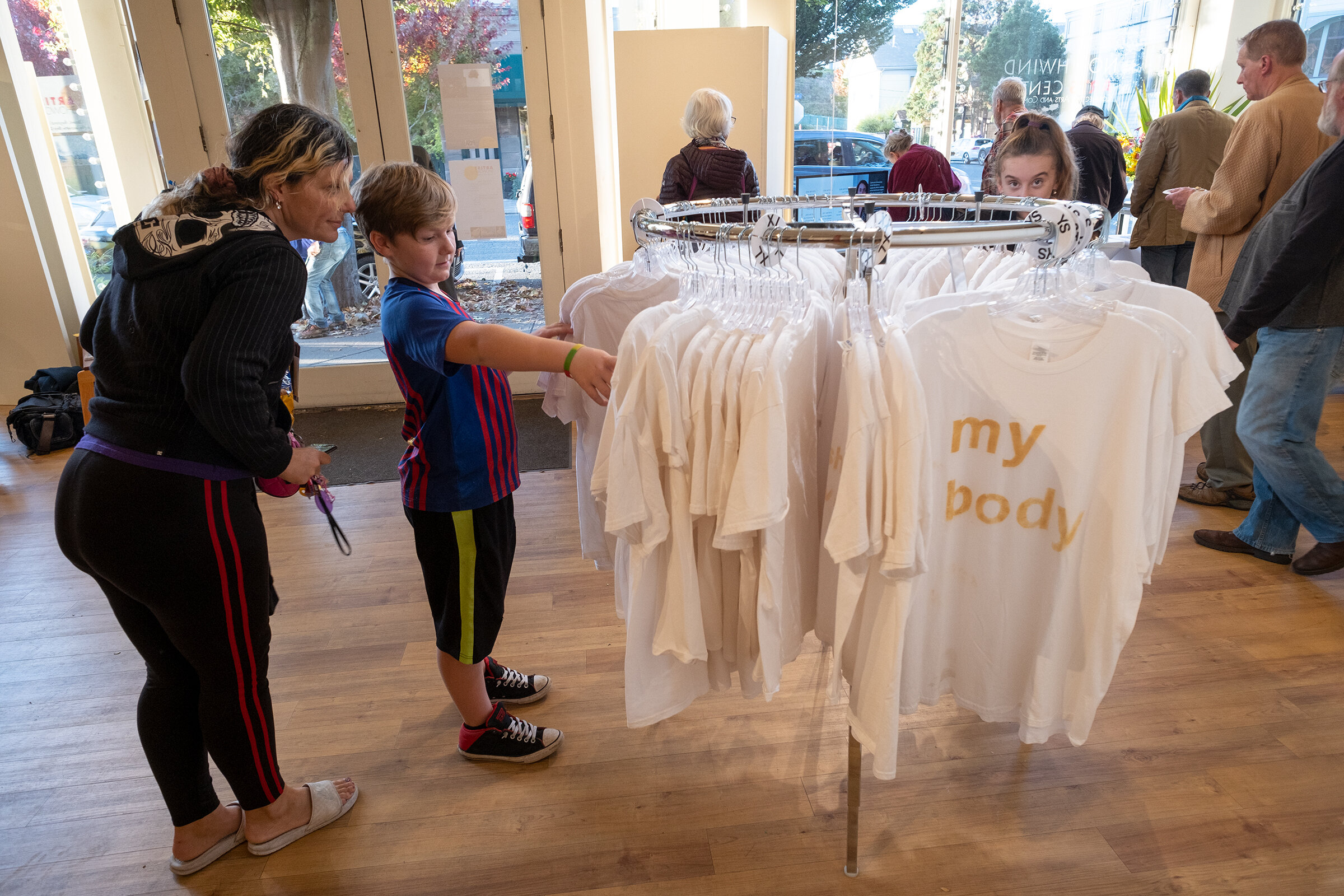
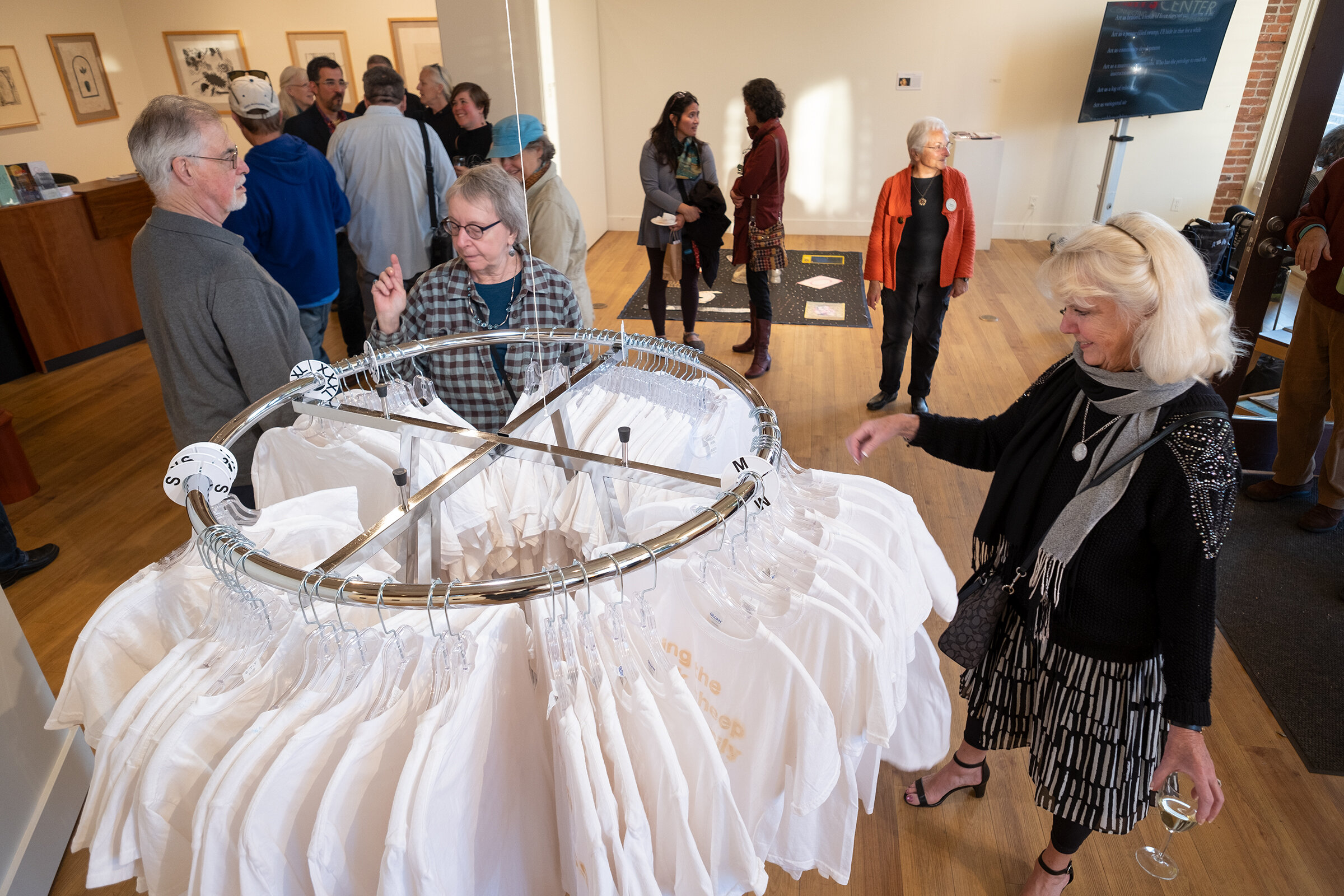
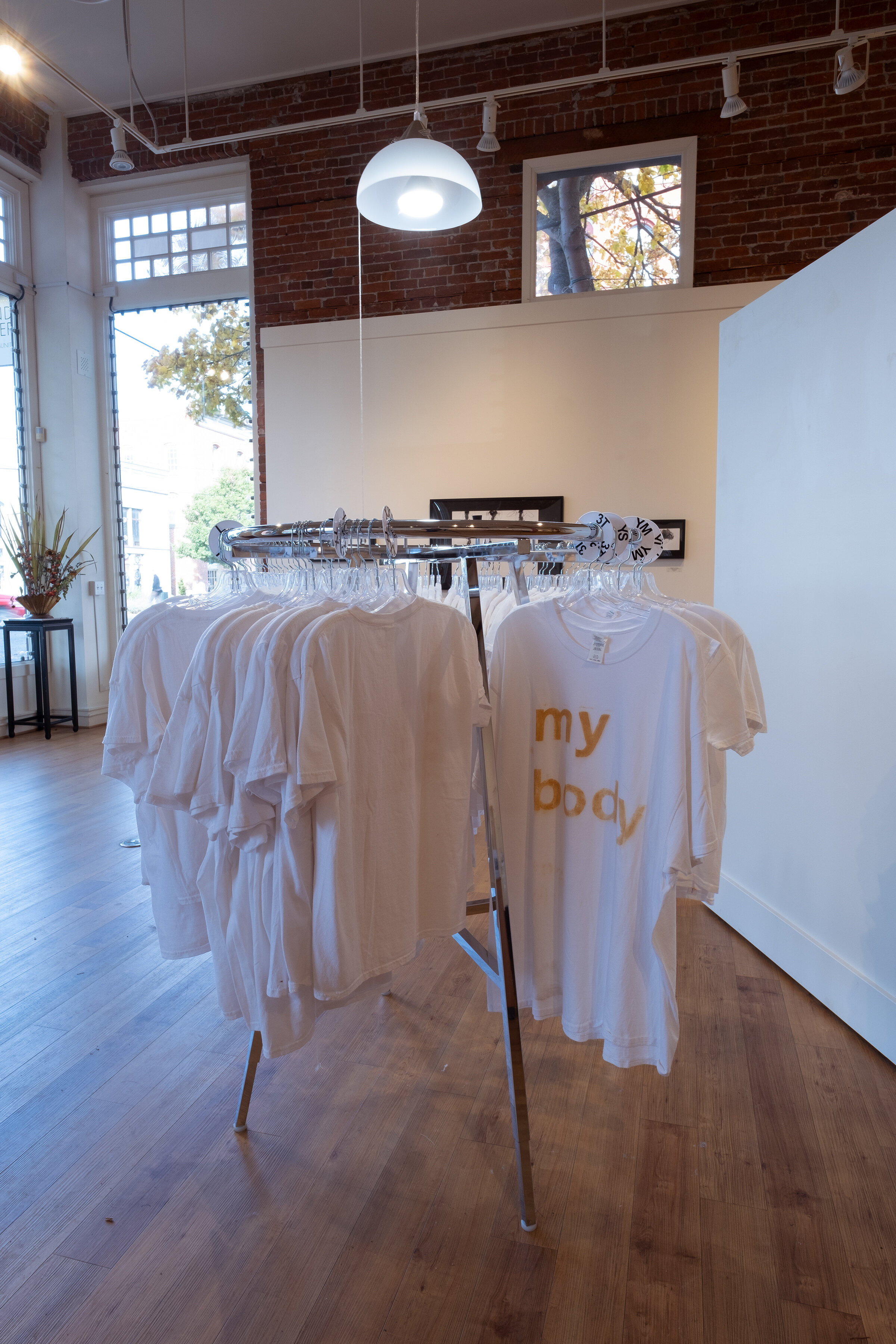
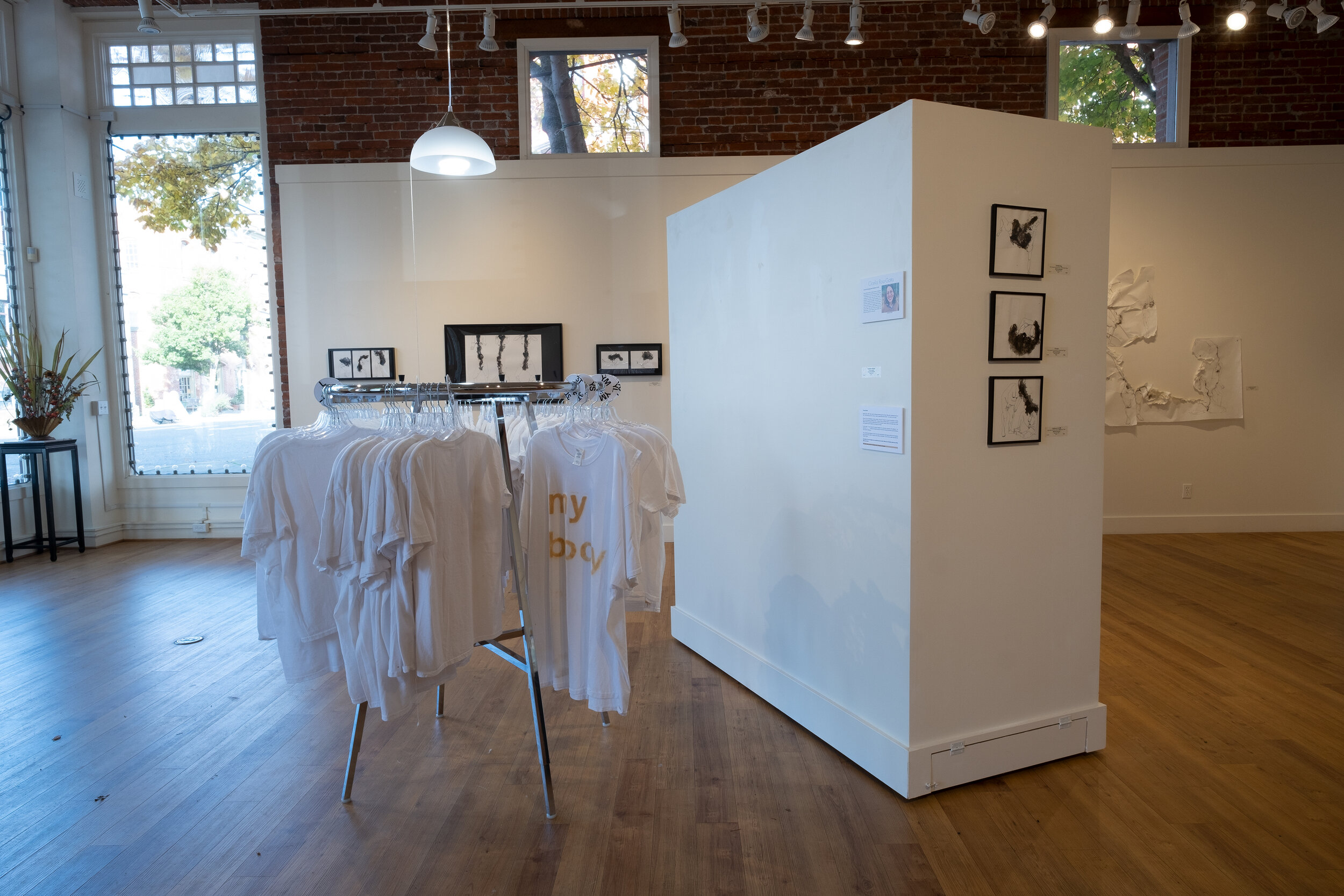
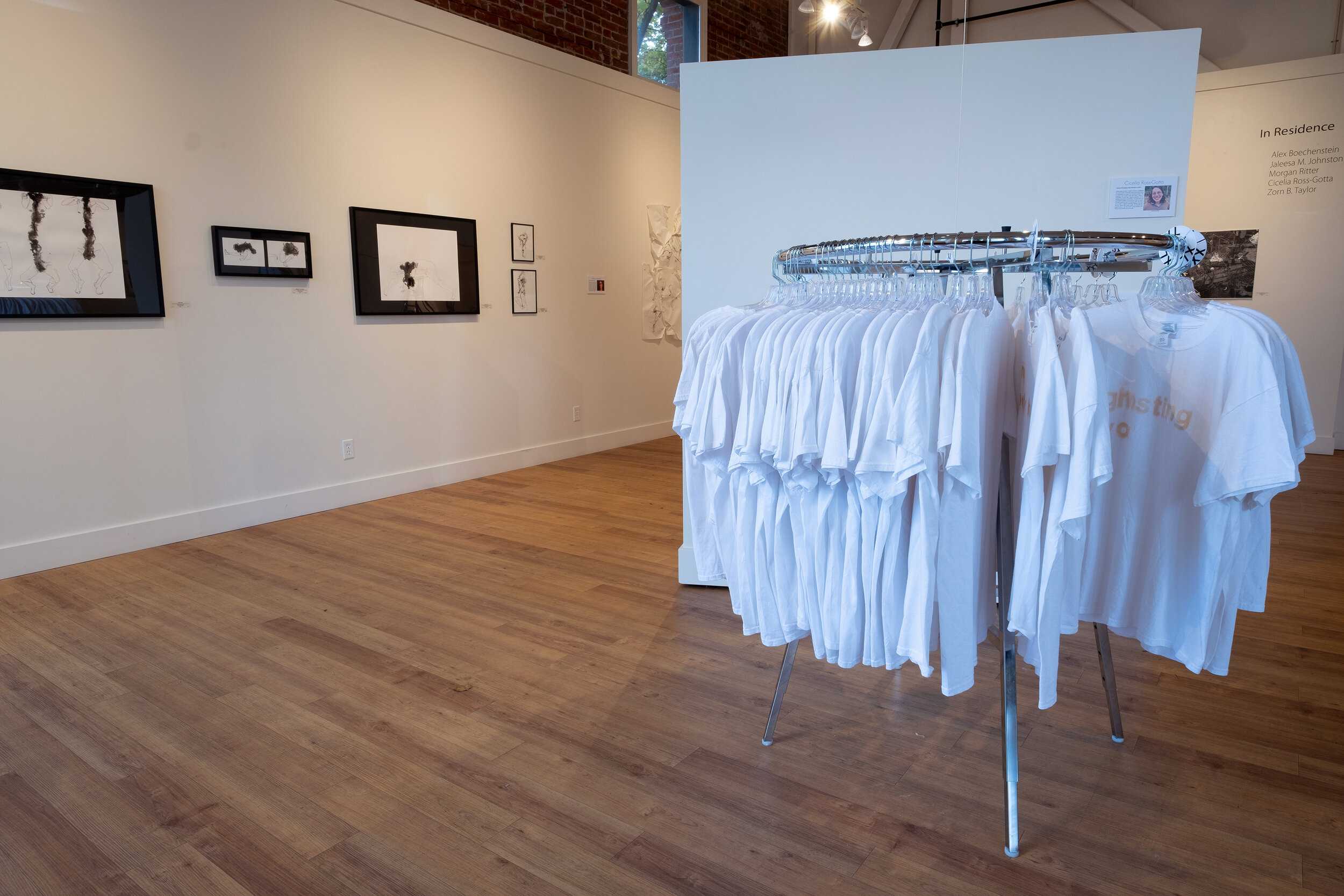
Photo Credit: David Conklin
Materials: Crowd-sourced anonymous responses to the statement, “I am ashamed of ________ ,” white t-shirts, and natural pigment derived from locally foraged St. John’s Wort.
Beverly Engel, LMSW, writes about the difference between guilt and shame. While guilt is experienced when we think, “I did something that was not okay, ” shame is experienced when we think, “I, as a person, am not okay.”
Shame is the most debilitating of human emotions. We accrue it through our various life experiences, including abuse, and internalizing its damaging rhetoric - allowing it to take up residence within us - can continue to produce feelings of shame long after the shame-producing event has passed. However, shame can be healed when it is met with compassion and non-judgement: by bringing it to the light.
For this project, I have collected this shame-in-residence from anonymous responses to the statement, “I am ashamed of ________ .”
Responses included the size of the t-shirt that corresponds to the time at which that shame first occurred to that person.
Then, I printed those responses onto white t-shirts with a highly fugitive natural pigment derived from the medicinal plant St. John’s Wort, noted for its ability to treat anxiety and depression.
Like our shame, fugitive dyes fade when exposed to light.
For the exhibition, the shirts were displayed on a clothing rack. Viewers will be instructed to turn on a light that is hanging overhead while browsing the shirts. This light will fade the text — the shame — on the shirts over the course of exhibition.
This project was supported, in part, through the Surface Design Association’s Socially Engaged Practices Grant.